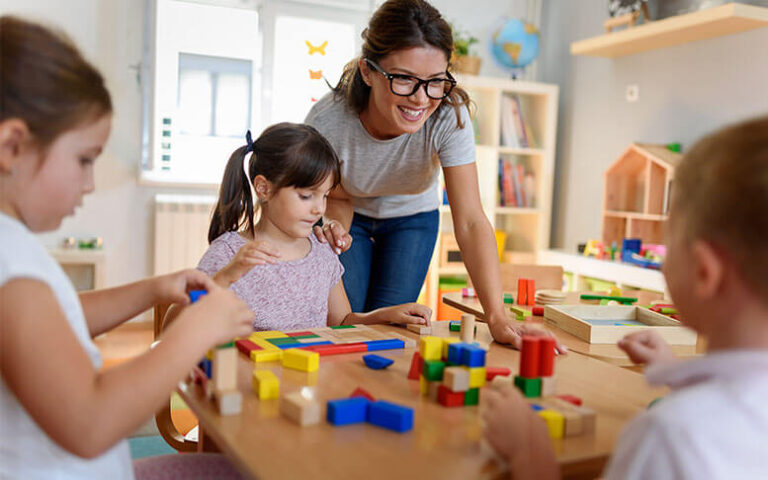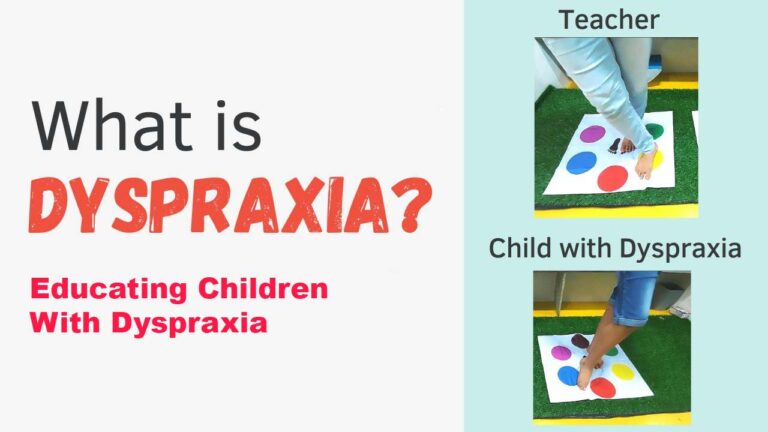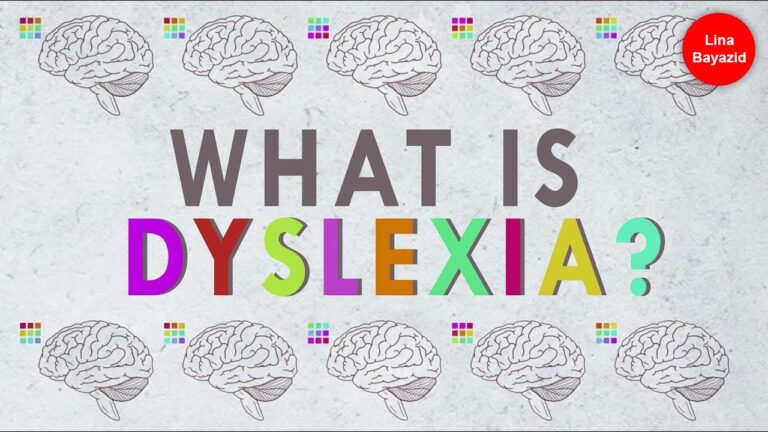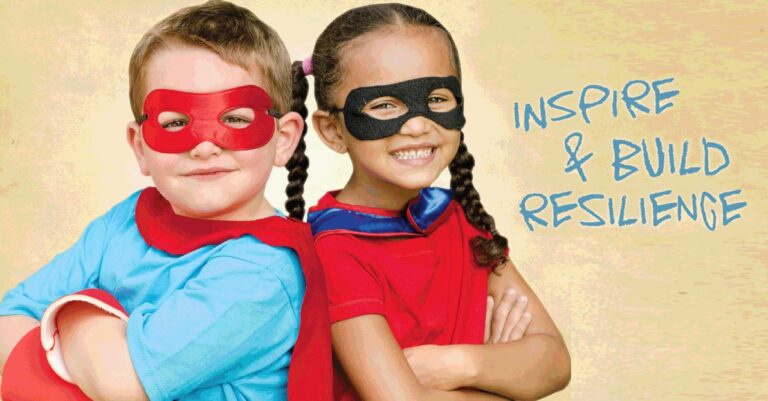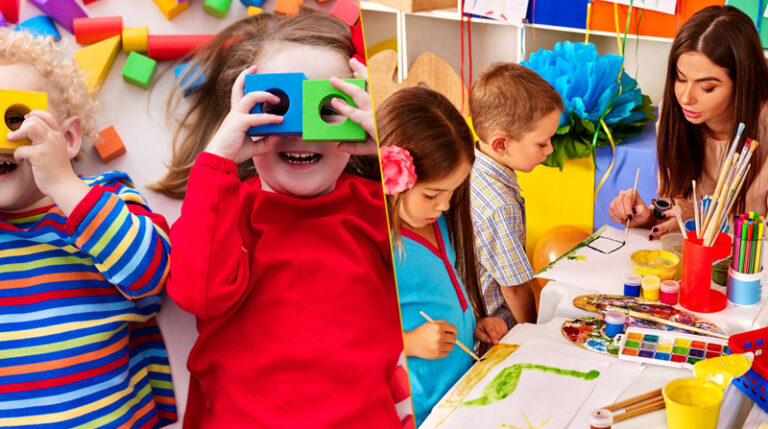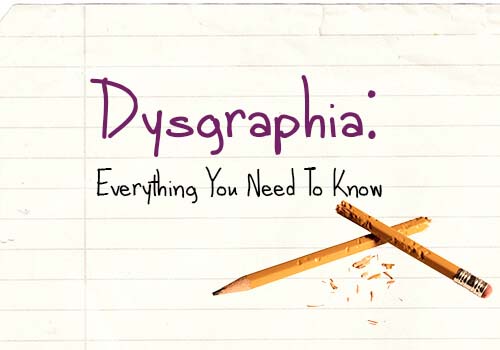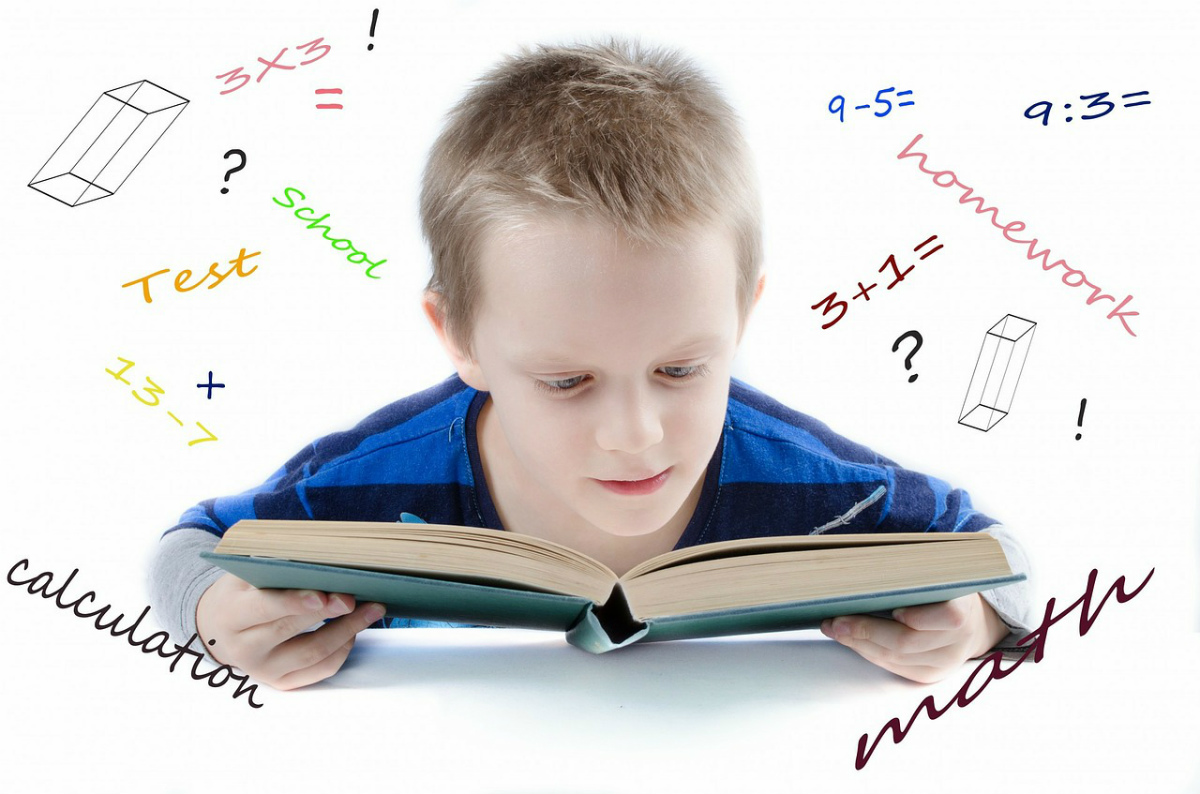
ADHD is a common learning difficulty in children. Learning how to manage and live with children with such a condition is essential. Let’s find out more here.
In your daily engagements, you must have heard about learning disabilities and come across or interacted with someone, either a child or an adult, with such conditions. We can define a learning disability as a mental condition that hinders someone from acquiring the same amount of knowledge as their agemates.
We will highlight the most common learning disabilities, focusing on attention difficulties or ADHD and the possible solutions.
Different types of learning disabilities may affect a child. The most common ones are;
What is Attention deficit hyperactivity disorder (ADHD)
ADHD gets diagnosed in childhood, but it can last into adulthood. ADHD children have trouble paying attention and controlling impulsive behaviors, and they may be overactive. Adults can also have problems with personal and work relationships.
Causes of ADHD
The primary cause of ADHD is yet to get established. The following factors may be responsible for ADHD;
Signs and symptoms of ADHD in children
Types of ADHD
The type of ADHD depends on the dominant symptoms the person displays and can either be;
The individual finds it hard to organize or finish a given task, pay attention to details, follow instructions or conversations, get distracted easily, and forget pieces of daily routines.
The individual fidgets and talks too much and finds it hard to sit still for long. The person is restless and may interrupt others by grabbing things from them. Individuals with this type of ADHD are prone to more accidents and injuries than others.
The person has similar symptoms to the above two ADHD types.
How to diagnose ADHD
The best and most recommended method of diagnosing ADHD is a medical examination that includes hearing and visual tests. Information on the child’s behavioral history is vital and may get accessed by the child, the parents, or teachers.
Treatment of ADHD
Behavior therapy and medication often go hand in hand when treating ADHD.
You can administer approved medicines by the relevant authorities to help treat or control ADHD. Both stimulants and non-stimulant drugs are necessary depending on ADHD, the child’s age, and the possible side effects.
Behavior management in young children below six is recommended before medication is opted for. The main objective of behavior therapy is to strengthen the children’s positive behaviors and, in the process, eliminate the weak behaviors.
Managing Children With ADHD
It’s essential to recognize that everybody learns differently. Don’t try to force your child to learn in a way they are uncomfortable with. The best you can do is adjust your expectations and tune your training to become more friendly to them.
Whether you’re an educator or part of a family dealing with this issue, it’s helpful to turn to specialists for help rather than trying to battle the disorder independently.
There are experts that train teachers and parents on how to take care of and support children with ADHD. They will help you with various challenges, including how to respond to, react to, and interact with children with ADHD to accommodate all their needs.
Specialists have vast experience coaching parents and teachers on the best ways to handle children with various learning disabilities, including ADHD. Reach out for help today, and give your child an equal opportunity.

